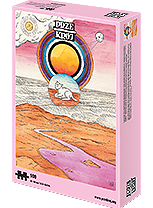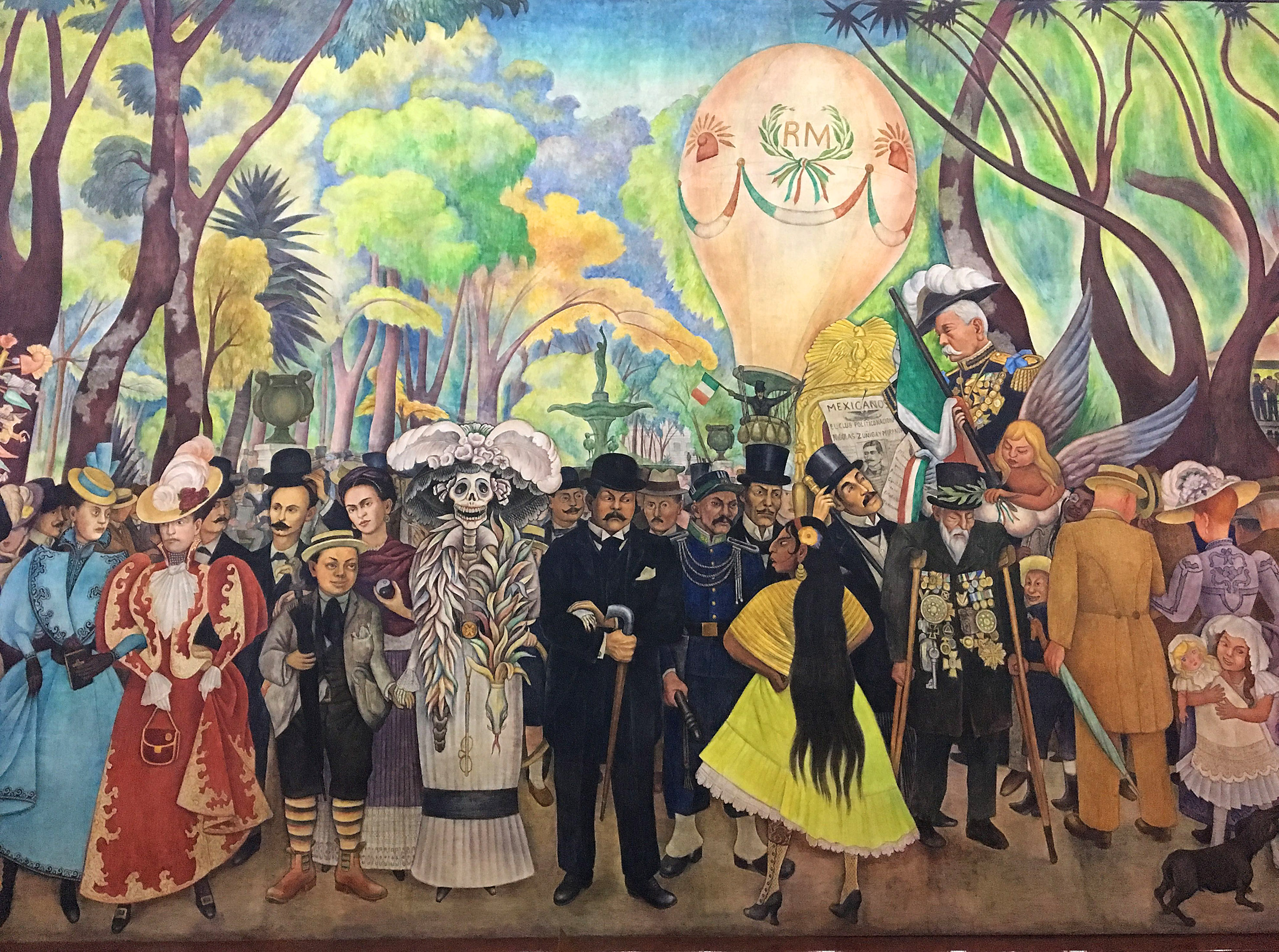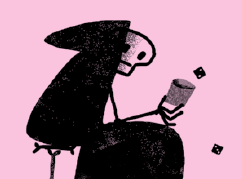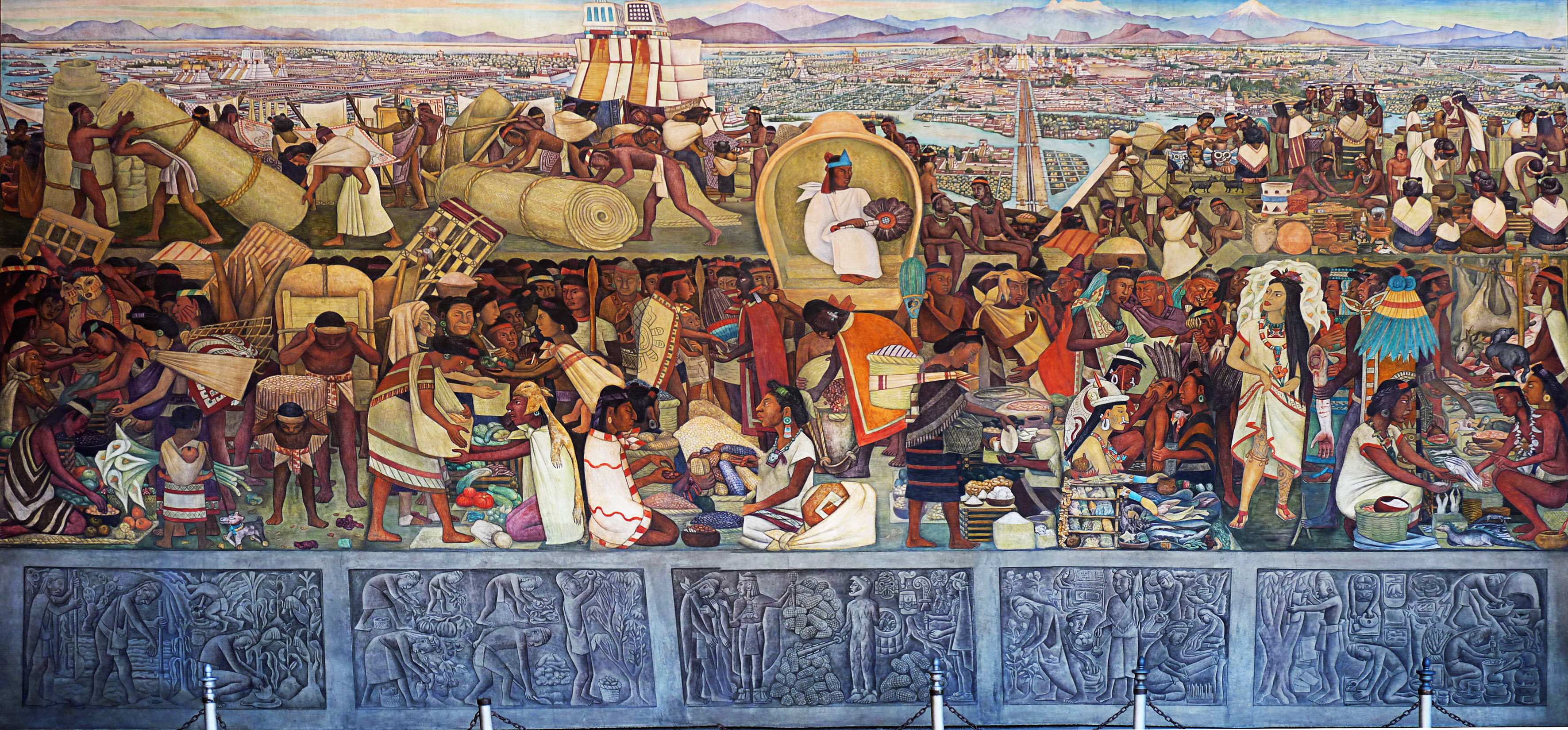
Latinos think that the European concept of death is for wimps. Real death has big cojones; you have to negotiate with it like with the boss of a competing gang. They appease it with gifts, decorate it and worship it – yet they expect reciprocity. New fiestas and cults celebrate death as a part of life and are gaining followers quicker than other modern religions.
1st November, late afternoon. There is a light drizzle at the municipal cemetery in Cusco, Peru. People in festive dress dash through the lanes, while entire families set up camp near the tombs. The dead are usually put to rest here in columbariums, reaching up as high as 10 storeys; you have to use a ladder to get to most of the graves. I walk among the graves and take a closer look at the modest sarcophagi. The graves have glass gates with golden-plated frames. Placed behind these gates are burning candles and vases with flowers, with cut marigolds and ribbons spread about, as well as ceramic figurines of saints accompanied by pictures of the deceased. But there are other gifts, too: chocolate candy bars, the traditional T’anta wawa bread, skulls sculpted from sugar, pocket change and souvenirs. There’s even a bottle of whisky and an ample supply of Coca-Cola in small bottles. A few metres further, in front of yet another tomb, I spot two shot glasses. One is set in the open door, while the other is in the hands of a short, stocky middle-aged man.
“Manuel, Manuel… listen, Manu, you really overdid it that time. You shouldn’t have behaved like that, amigo. I always told you that it would take you down… and now what, huh? Who was right?” the man says, ever more loudly, after which he pours himself some more from a small bottle of cane-based vodka, or aguardiente. He then falls silent for a while, as if he were waiting for an answer. Then he continues: “Yes, yes, go on with your senseless babbling. But who will believe you, Manu? Who will believe you? Enough of that, let’s have a drink. A bit too late to change anything now. A bit too late… to blazes with you! Just one more, we’ll both sleep better, Manu… but especially you.”
As I walk down the same lane two hours later, the stocky man is still engaged in his conversation with Manuel. But the tone is much calmer now: “Manuel, I’ll never forgive you, but rest in peace now. You were a good man, though foolish.… nothing I can do about that. Now go to sleep!”
Not wishing to interrupt the get-together, I take leave of the cemetery.
License for a killer fiesta
Vendors of cuya, or baked guinea pig, set up shop near the gate. In the now dark streets, among the stands and illuminated by microscopic lamps, piles of guinea pig carcasses – with their long sharp teeth and astute though dead eyes – placed in bowls, are a haunting sight. The browned skin of a cavy shines in the pale light of a large light bulb. It’s actually just a regular market offering one of Peru’s most cherished dishes, yet it looks like the scenery from a horror film. But that’s just the first impression. And probably only mine, because the inhabitants of Cusco are having a great time here. They’re








